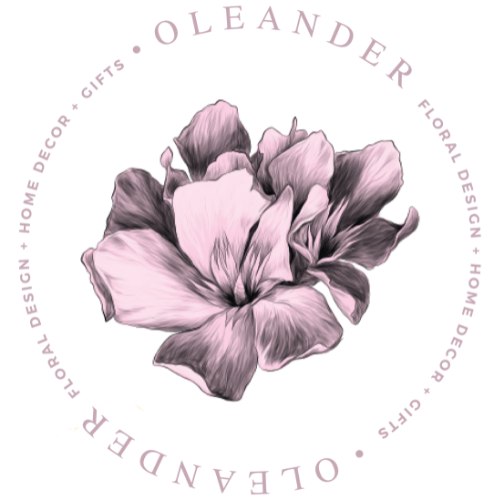When it comes to flowers and the month of February, red roses probably spring to mind first. Whilst roses and Valentine’s Day are synonymous, it may come as a surprise to learn that the rose is not, in fact, the birth flower for the second month of the year!
February is generally a bit sparse when it comes to blooming flowers, but tiny woodland plants, like the violet and primrose, begin to appear, and boy, do they pack a punch in the colour department! With bright purple and blue tones, these dainty dots are a welcome blast of energy during the cold wintertime.
Native to Europe and Asia, the violet is one of the earliest blooming plants in the spring and typically has heart-shaped leaves with flowers varying in colour. Many are violet, as their name suggests, while others are blue, yellow, white and cream. Here are a few interesting things about this pretty flower we bet you didn’t know:
- The violet has been thought to symbolize modesty, faithfulness, everlasting love, innocence and remembrance
- The Ancient Greeks considered the violet a symbol of fertility and love and used it in love potions
- Most violets are edible and have medicinal properties. They contain salicylic acid, which is an important ingredient in aspirin, and were used in the past as pain relievers
- In the Victorian age, a gift of violets was a declaration to always be true
- Violets are often portrayed as a symbol of modesty and humbleness in religious art
- Both the Greeks and Romans used violets in herbal remedies, in wine and food, and as decoration
- In Victorian times, it was believed that carrying violets would keep evil spirits away
The other birth flower for the month of February is the primrose. Originating in Europe, the primrose is part of the Primula genus and is another early spring bloomer. The genus name, Primula, is derived from the Latin word primus, meaning first, in reference to its early spring appearance. Flowers can be white, yellow, pink, red, or violet, but the centre of a primrose bloom is almost always yellow!
- Although primrose is toxic to dogs, cats, and horses, it is actually edible for humans and both the leaves and flowers can be eaten cooked or raw, and can be used to make wine and syrup
- Primrose has historically been used medicinally to treat headaches, cramps, spasms, rheumatism and gout
- In the Victorian era, a gift of primroses meant young love
- It was once believed that rubbing primroses on the udder of a milking cow would increase milk production and protect butter from being stolen
- The ancient Celts were thought to believe that large patches of primrose flowers were a gateway to the fairy realm
If you are craving some colour this February, or want a gift to send to someone special, shop flowers, plants, gifts and more here.

